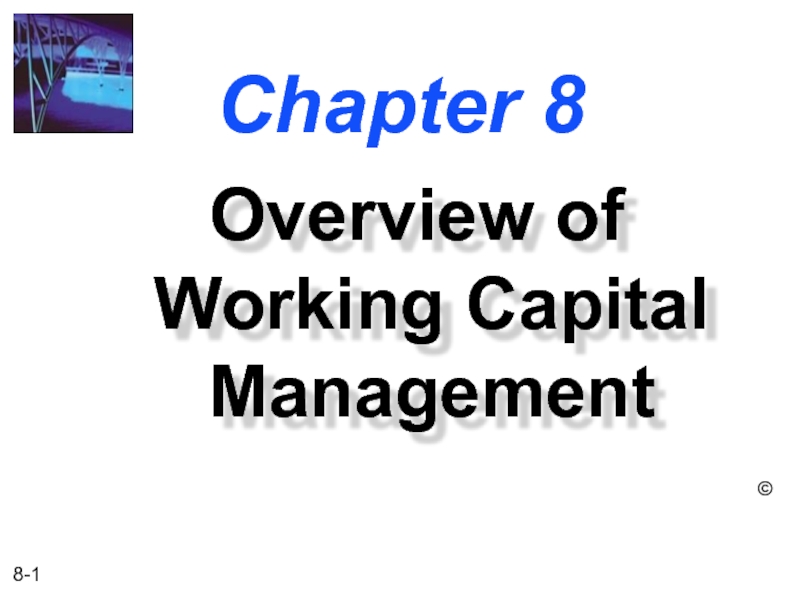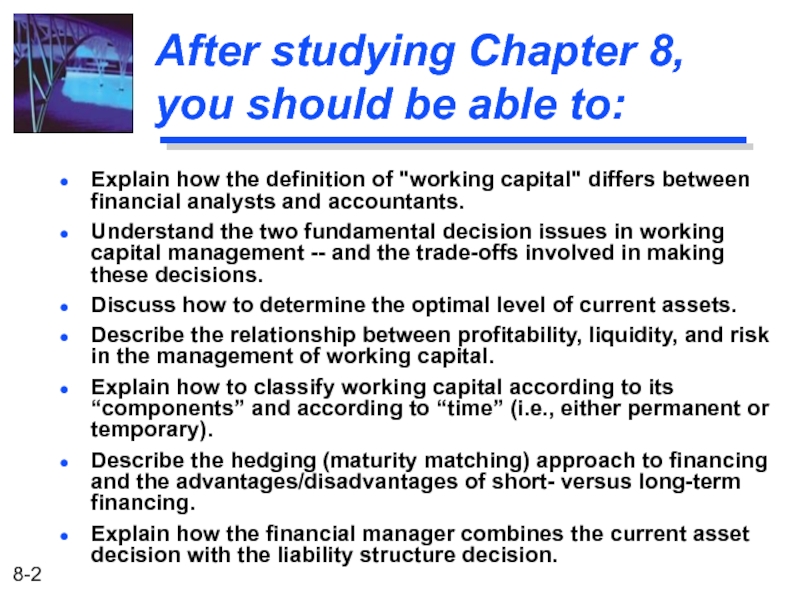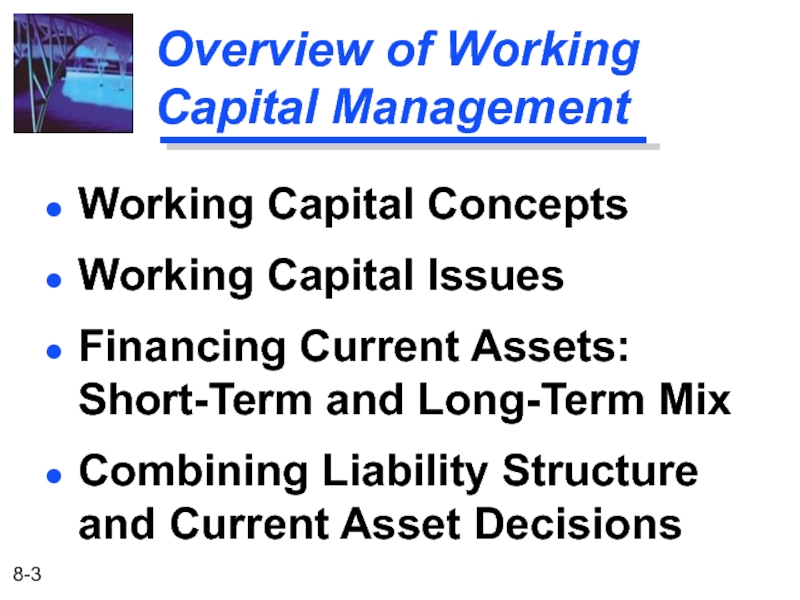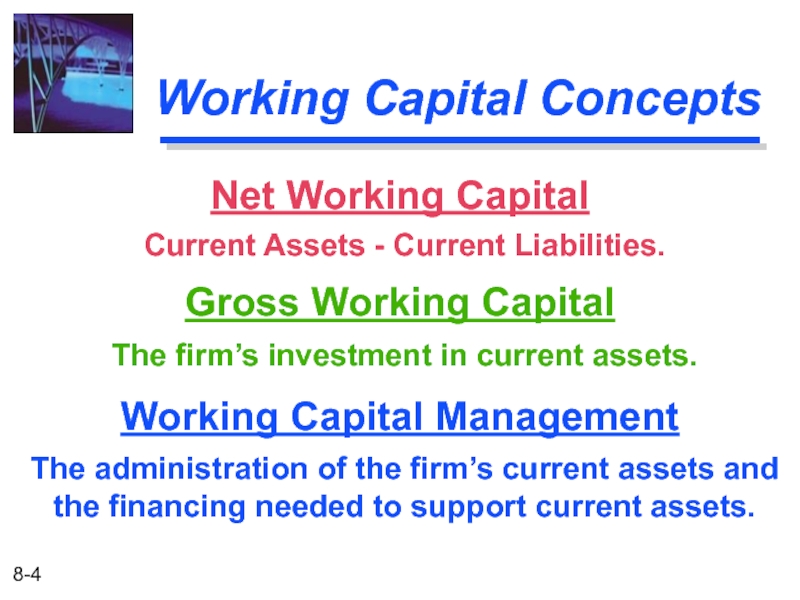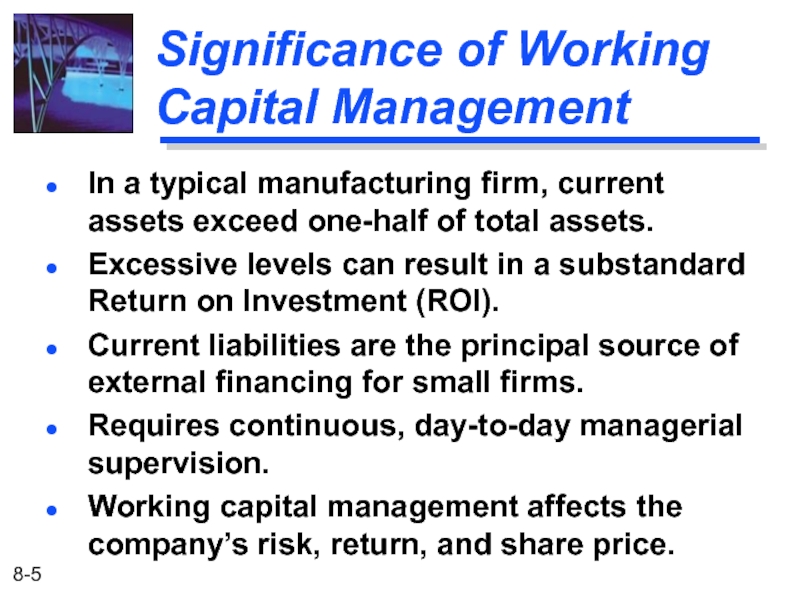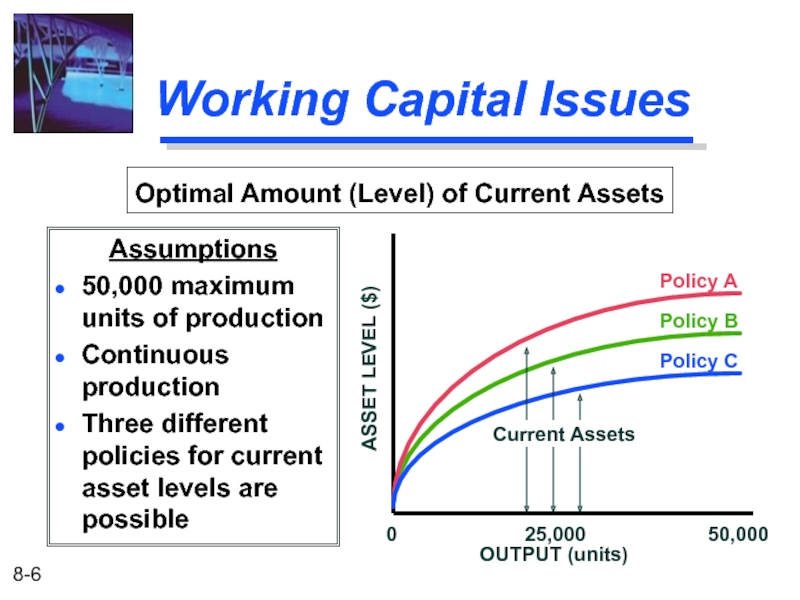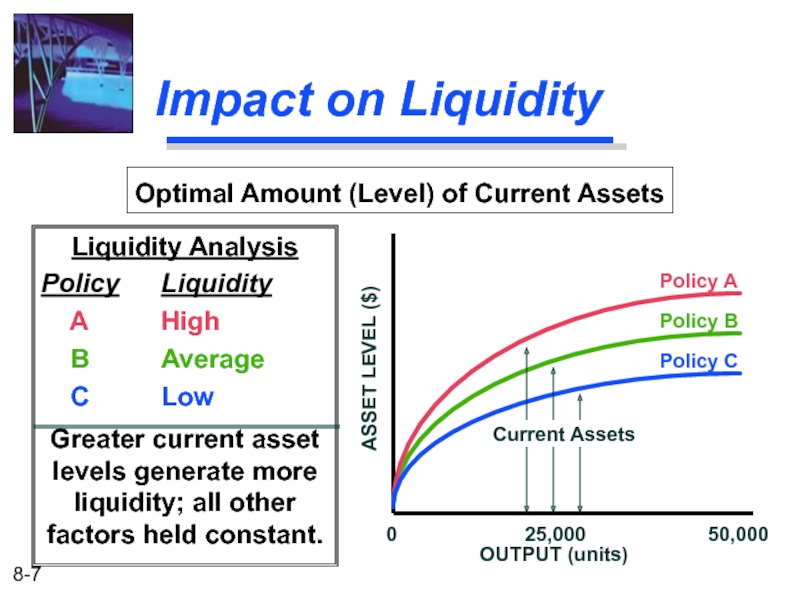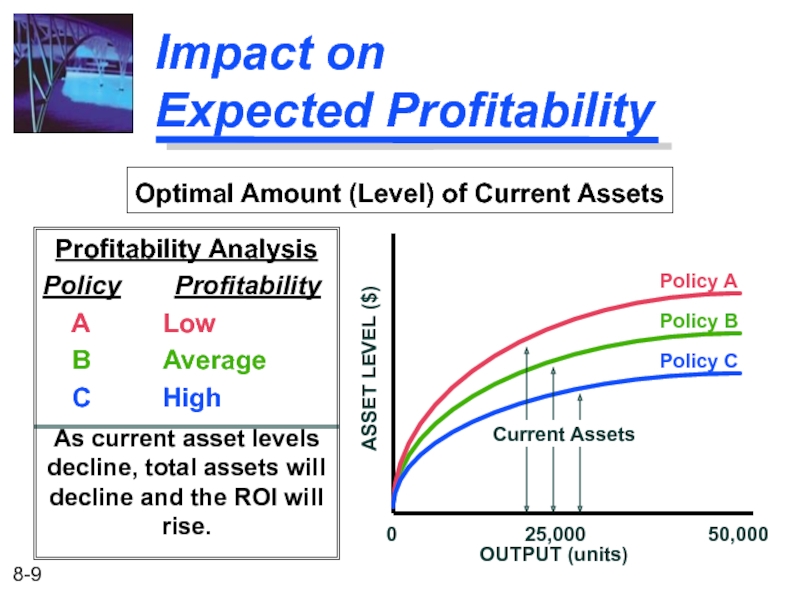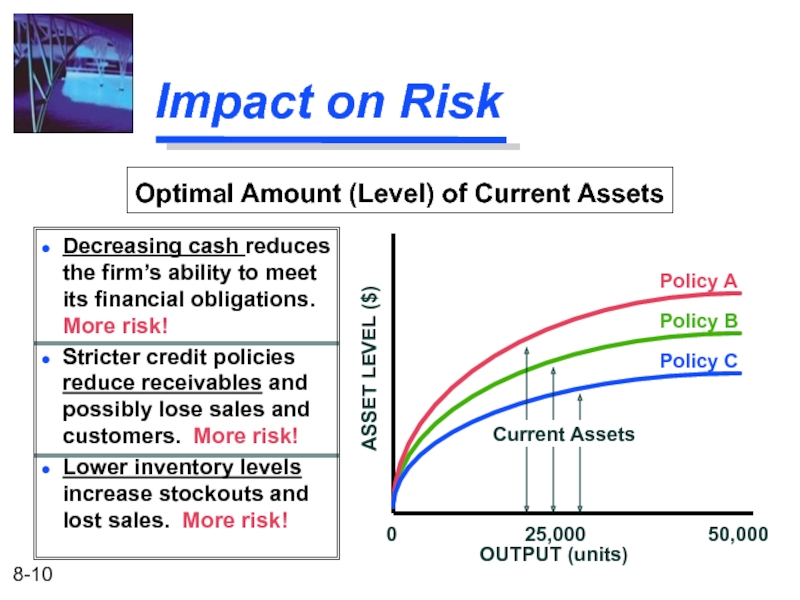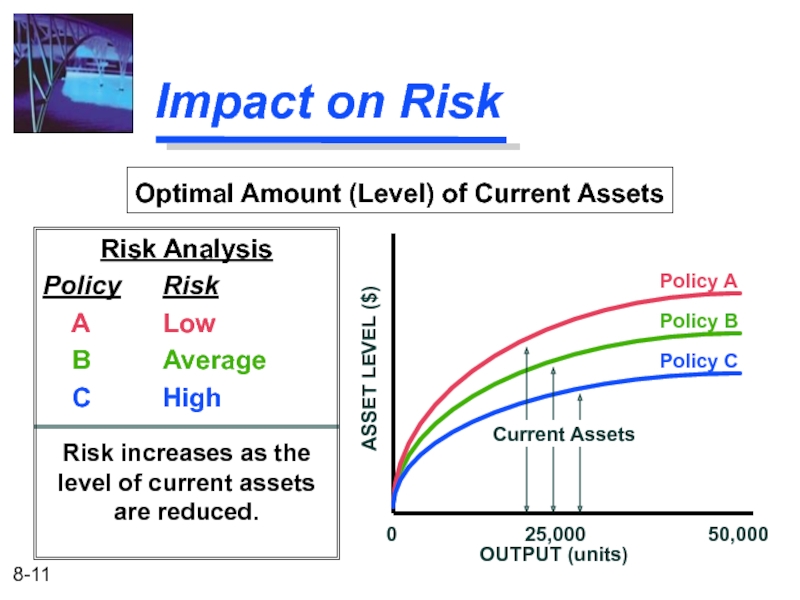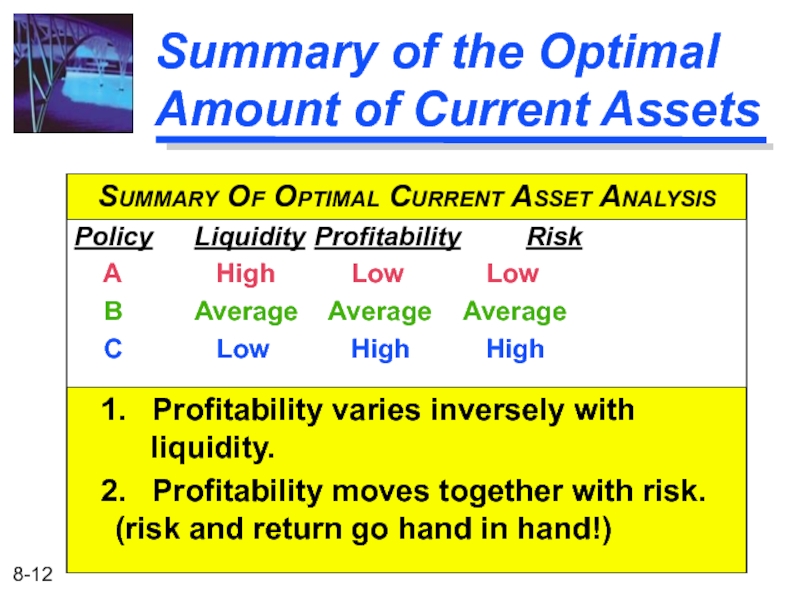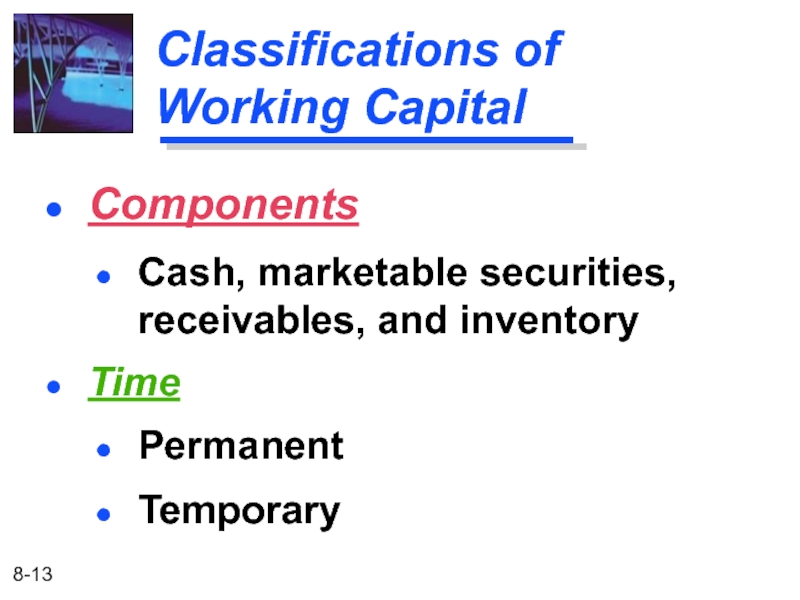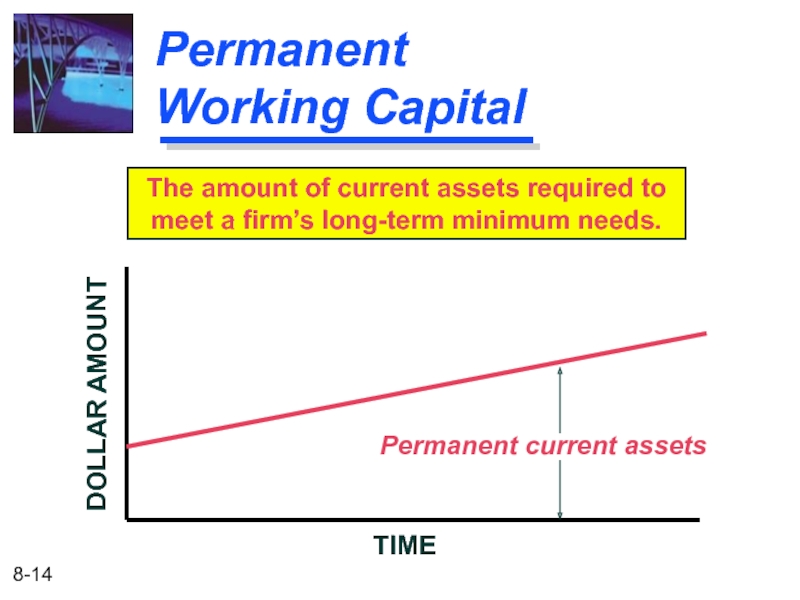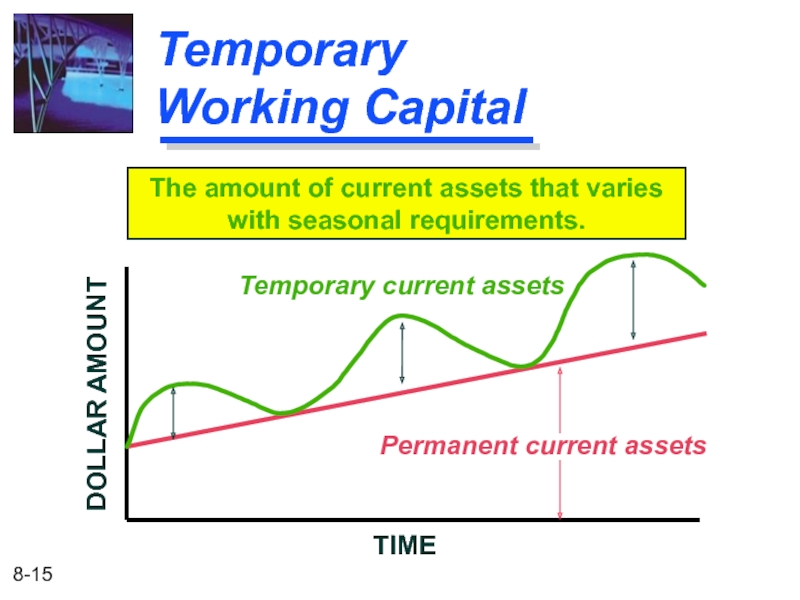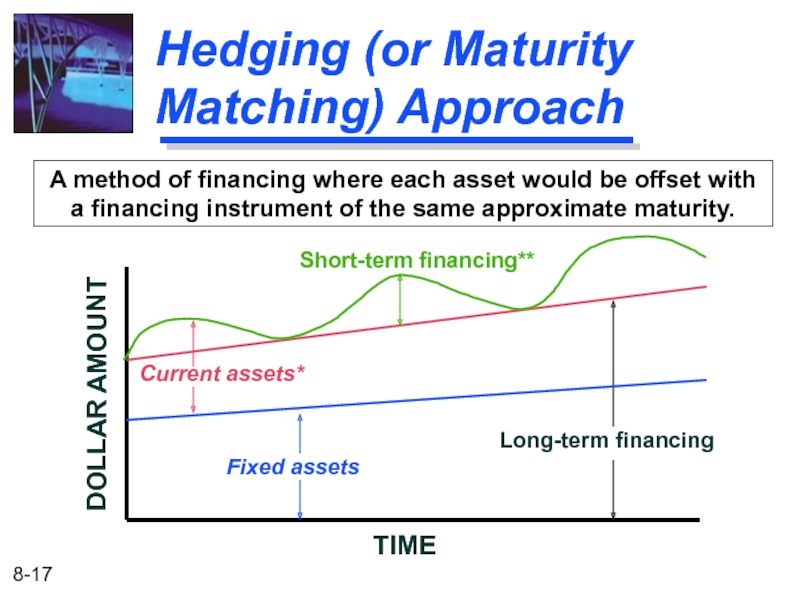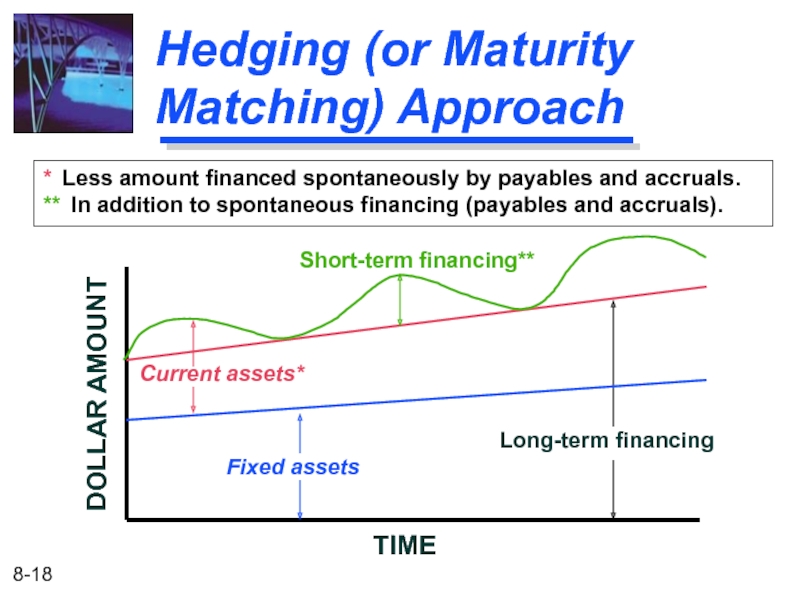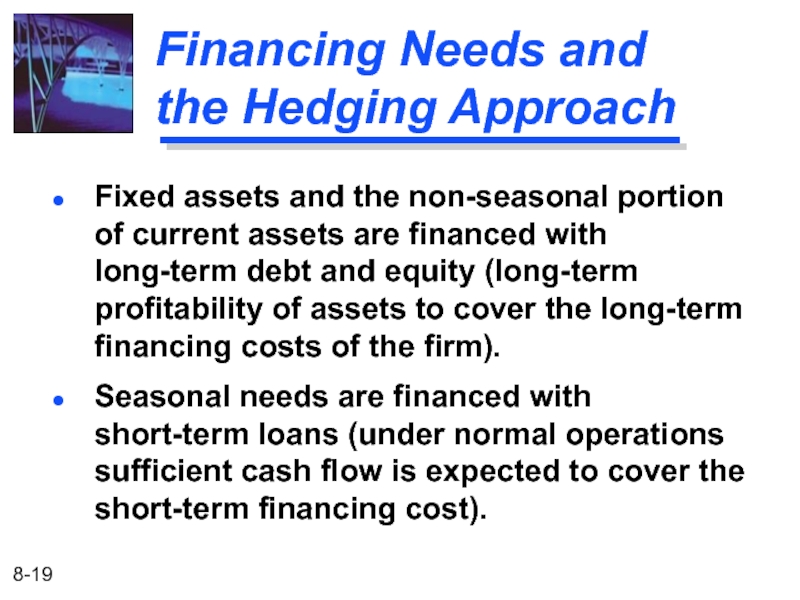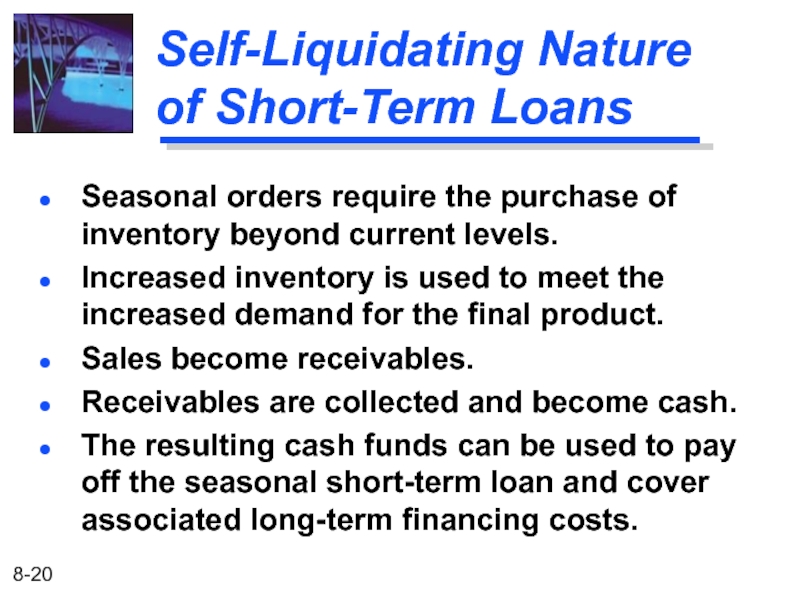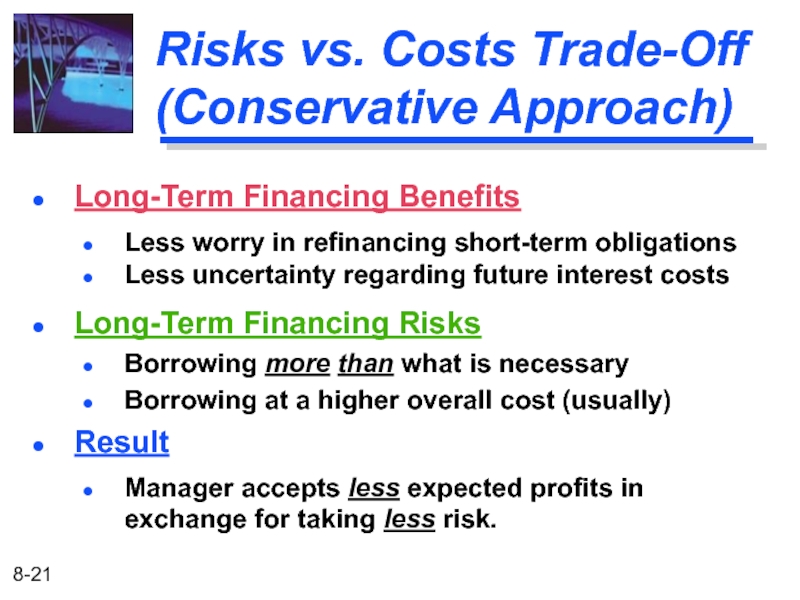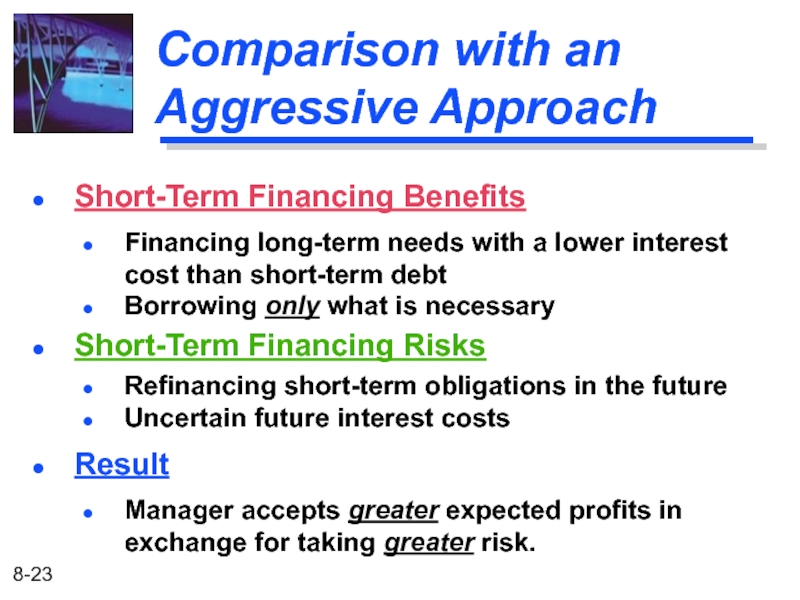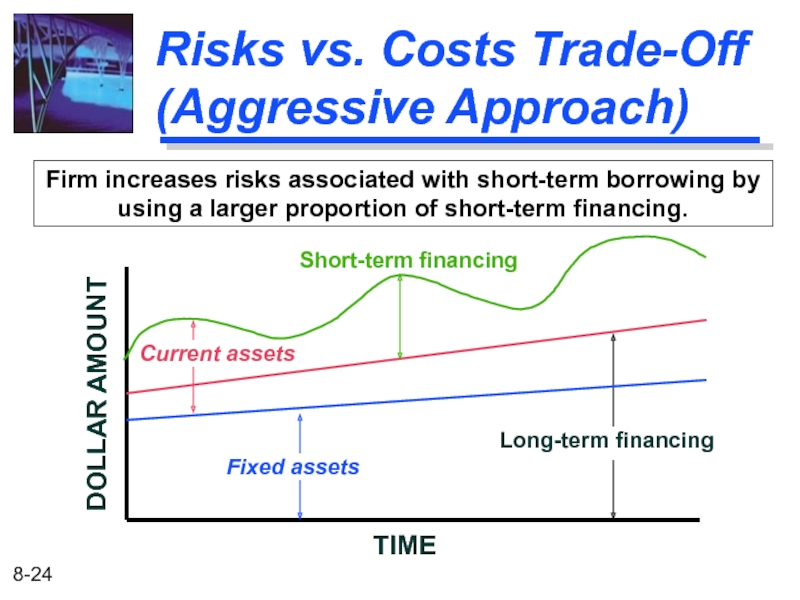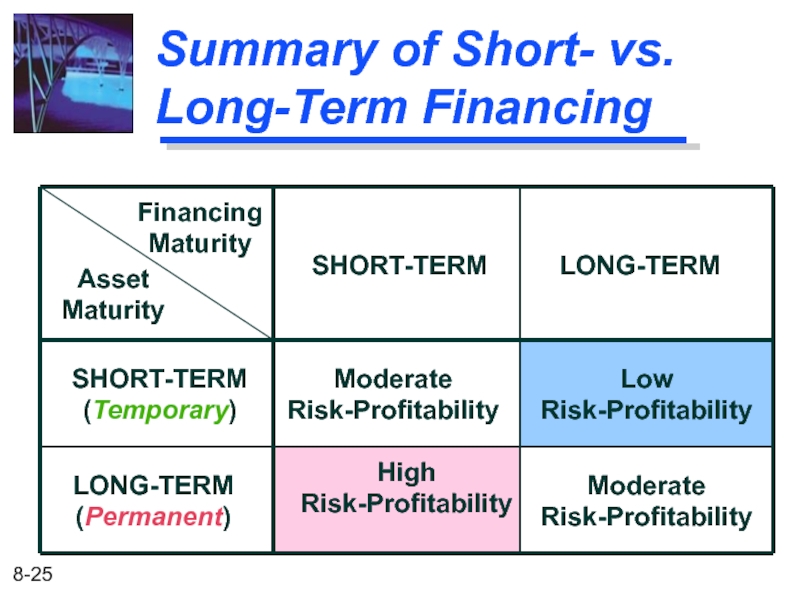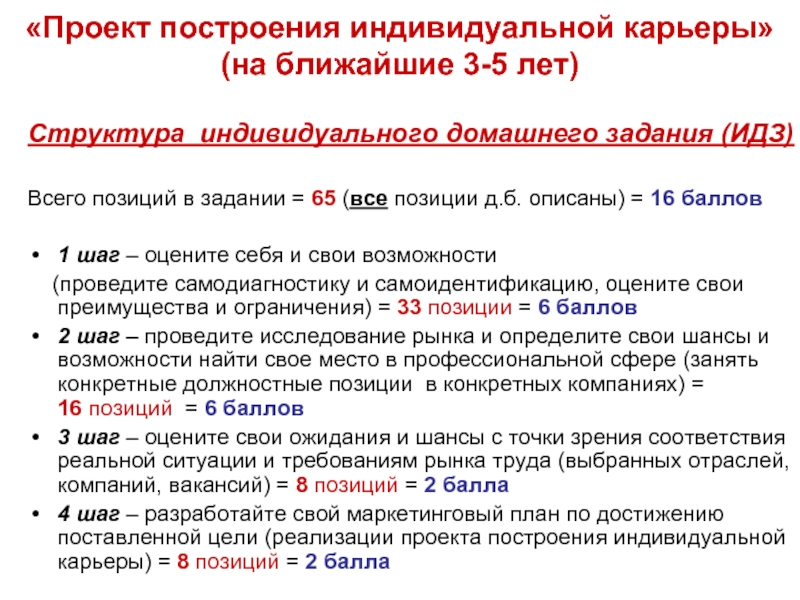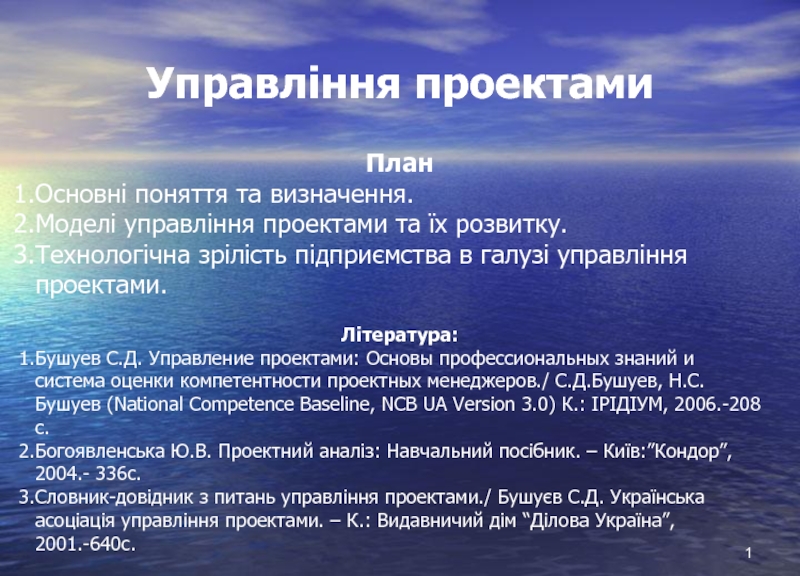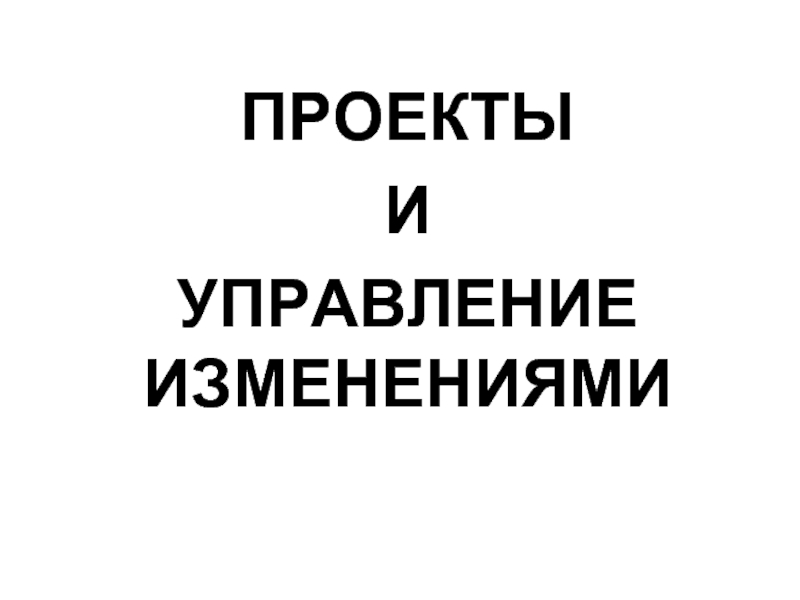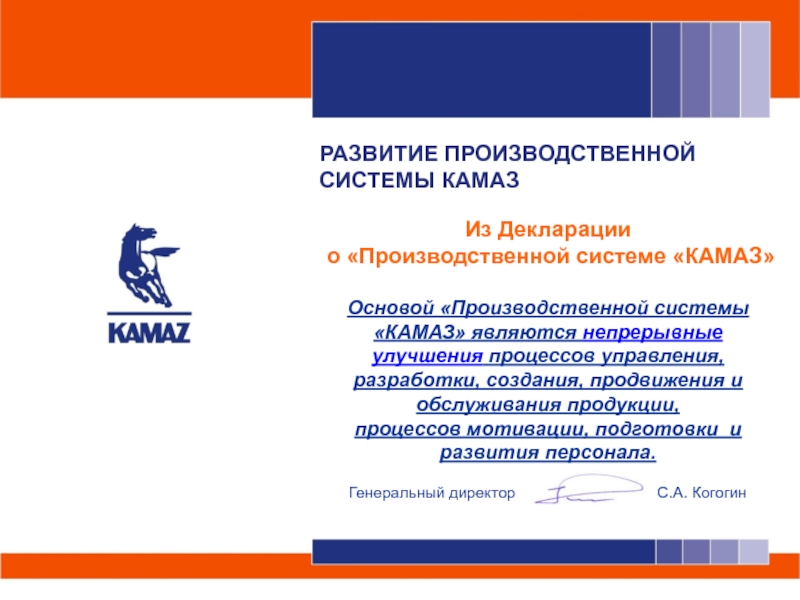- Главная
- Разное
- Дизайн
- Бизнес и предпринимательство
- Аналитика
- Образование
- Развлечения
- Красота и здоровье
- Финансы
- Государство
- Путешествия
- Спорт
- Недвижимость
- Армия
- Графика
- Культурология
- Еда и кулинария
- Лингвистика
- Английский язык
- Астрономия
- Алгебра
- Биология
- География
- Детские презентации
- Информатика
- История
- Литература
- Маркетинг
- Математика
- Медицина
- Менеджмент
- Музыка
- МХК
- Немецкий язык
- ОБЖ
- Обществознание
- Окружающий мир
- Педагогика
- Русский язык
- Технология
- Физика
- Философия
- Химия
- Шаблоны, картинки для презентаций
- Экология
- Экономика
- Юриспруденция
Overview of Working Capital Management презентация
Содержание
- 1. Overview of Working Capital Management
- 2. After studying Chapter 8, you should be
- 3. Overview of Working Capital Management Working Capital
- 4. Working Capital Concepts Net Working Capital Current
- 5. Significance of Working Capital Management In a
- 6. Working Capital Issues Assumptions 50,000 maximum
- 7. Impact on Liquidity Liquidity Analysis Policy Liquidity
- 8. Impact on Expected Profitability Return
- 9. Impact on Expected Profitability Profitability
- 10. Impact on Risk Decreasing cash reduces
- 11. Impact on Risk Risk Analysis Policy Risk
- 12. Summary of the Optimal Amount of
- 13. Classifications of Working Capital Time Permanent Temporary Components Cash, marketable securities, receivables, and inventory
- 14. Permanent Working Capital The amount of current
- 15. Temporary Working Capital The amount of current
- 16. Financing Current Assets: Short-Term and Long-Term
- 17. Hedging (or Maturity Matching) Approach A method
- 18. Hedging (or Maturity Matching) Approach * Less
- 19. Financing Needs and the Hedging Approach
- 20. Self-Liquidating Nature of Short-Term Loans Seasonal
- 21. Risks vs. Costs Trade-Off (Conservative Approach) Long-Term
- 22. Risks vs. Costs Trade-Off
- 23. Comparison with an Aggressive Approach Short-Term Financing
- 24. Firm increases risks associated with short-term borrowing
- 25. Summary of Short-
- 26. Combining Liability Structure and Current Asset Decisions
Слайд 2After studying Chapter 8, you should be able to:
Explain how the
Understand the two fundamental decision issues in working capital management -- and the trade-offs involved in making these decisions.
Discuss how to determine the optimal level of current assets.
Describe the relationship between profitability, liquidity, and risk in the management of working capital.
Explain how to classify working capital according to its “components” and according to “time” (i.e., either permanent or temporary).
Describe the hedging (maturity matching) approach to financing and the advantages/disadvantages of short- versus long-term financing.
Explain how the financial manager combines the current asset decision with the liability structure decision.
Слайд 3Overview of Working Capital Management
Working Capital Concepts
Working Capital Issues
Financing Current Assets:
Combining Liability Structure and Current Asset Decisions
Слайд 4Working Capital Concepts
Net Working Capital
Current Assets - Current Liabilities.
Gross Working Capital
The
Working Capital Management
The administration of the firm’s current assets and the financing needed to support current assets.
Слайд 5Significance of Working Capital Management
In a typical manufacturing firm, current assets
Excessive levels can result in a substandard Return on Investment (ROI).
Current liabilities are the principal source of external financing for small firms.
Requires continuous, day-to-day managerial supervision.
Working capital management affects the company’s risk, return, and share price.
Слайд 6
Working Capital Issues
Assumptions
50,000 maximum units of production
Continuous production
Three different policies for
Optimal Amount (Level) of Current Assets
0 25,000 50,000
OUTPUT (units)
ASSET LEVEL ($)
Current Assets
Policy C
Policy A
Policy B
Слайд 7
Impact on Liquidity
Liquidity Analysis
Policy Liquidity
A High
B Average
C Low
Greater current
Optimal Amount (Level) of Current Assets
0 25,000 50,000
OUTPUT (units)
ASSET LEVEL ($)
Current Assets
Policy C
Policy A
Policy B
Слайд 8
Impact on
Expected Profitability
Return on Investment =
Net Profit
Total Assets
Let Current Assets
Return on Investment =
Net Profit
Current + Fixed Assets
Optimal Amount (Level) of Current Assets
0 25,000 50,000
OUTPUT (units)
ASSET LEVEL ($)
Current Assets
Policy C
Policy A
Policy B
Слайд 9
Impact on
Expected Profitability
Profitability Analysis
Policy Profitability
A Low
C High
As current asset levels decline, total assets will decline and the ROI will rise.
Optimal Amount (Level) of Current Assets
0 25,000 50,000
OUTPUT (units)
ASSET LEVEL ($)
Current Assets
Policy C
Policy A
Policy B
Слайд 10
Impact on Risk
Decreasing cash reduces the firm’s ability to meet its
Stricter credit policies reduce receivables and possibly lose sales and customers. More risk!
Lower inventory levels increase stockouts and lost sales. More risk!
Optimal Amount (Level) of Current Assets
0 25,000 50,000
OUTPUT (units)
ASSET LEVEL ($)
Current Assets
Policy C
Policy A
Policy B
Слайд 11
Impact on Risk
Risk Analysis
Policy Risk
A Low
B Average
C High
Risk increases
Optimal Amount (Level) of Current Assets
0 25,000 50,000
OUTPUT (units)
ASSET LEVEL ($)
Current Assets
Policy C
Policy A
Policy B
Слайд 12
Summary of the Optimal Amount of Current Assets
SUMMARY OF OPTIMAL CURRENT
Policy Liquidity Profitability Risk
A High Low Low
B Average Average Average
C Low High High
1. Profitability varies inversely with liquidity.
2. Profitability moves together with risk.
(risk and return go hand in hand!)
Слайд 13Classifications of Working Capital
Time
Permanent
Temporary
Components
Cash, marketable securities, receivables, and inventory
Слайд 14Permanent Working Capital
The amount of current assets required to meet a
Permanent current assets
TIME
DOLLAR AMOUNT
Слайд 15Temporary Working Capital
The amount of current assets that varies with seasonal
Permanent current assets
TIME
DOLLAR AMOUNT
Temporary current assets
Слайд 16
Financing Current Assets: Short-Term and Long-Term Mix
Spontaneous Financing: Trade credit, and
Based on policies regarding payment for purchases, labor, taxes, and other expenses.
We are concerned with managing non-spontaneous financing of assets.
Слайд 17Hedging (or Maturity Matching) Approach
A method of financing where each asset
TIME
DOLLAR AMOUNT
Long-term financing
Fixed assets
Current assets*
Short-term financing**
Слайд 18Hedging (or Maturity Matching) Approach
* Less amount financed spontaneously by payables
** In addition to spontaneous financing (payables and accruals).
TIME
DOLLAR AMOUNT
Long-term financing
Fixed assets
Current assets*
Short-term financing**
Слайд 19Financing Needs and
the Hedging Approach
Fixed assets and the non-seasonal portion
Seasonal needs are financed with short-term loans (under normal operations sufficient cash flow is expected to cover the short-term financing cost).
Слайд 20Self-Liquidating Nature of Short-Term Loans
Seasonal orders require the purchase of
Increased inventory is used to meet the increased demand for the final product.
Sales become receivables.
Receivables are collected and become cash.
The resulting cash funds can be used to pay off the seasonal short-term loan and cover associated long-term financing costs.
Слайд 21Risks vs. Costs Trade-Off (Conservative Approach)
Long-Term Financing Benefits
Less worry in refinancing
Less uncertainty regarding future interest costs
Long-Term Financing Risks
Borrowing more than what is necessary
Borrowing at a higher overall cost (usually)
Result
Manager accepts less expected profits in exchange for taking less risk.
Слайд 22
Risks vs. Costs Trade-Off (Conservative Approach)
Firm can reduce risks associated with
TIME
DOLLAR AMOUNT
Long-term financing
Fixed assets
Current assets
Short-term financing
Слайд 23Comparison with an Aggressive Approach
Short-Term Financing Benefits
Financing long-term needs with a
Borrowing only what is necessary
Short-Term Financing Risks
Refinancing short-term obligations in the future
Uncertain future interest costs
Result
Manager accepts greater expected profits in exchange for taking greater risk.
Слайд 24Firm increases risks associated with short-term borrowing by using a larger
TIME
DOLLAR AMOUNT
Long-term financing
Fixed assets
Current assets
Short-term financing
Risks vs. Costs Trade-Off (Aggressive Approach)
Слайд 25
Summary of Short- vs. Long-Term Financing
Financing
Maturity
Asset
Maturity
SHORT-TERM
LONG-TERM
Low
Risk-Profitability
Moderate
Risk-Profitability
Moderate
Risk-Profitability
High
Risk-Profitability
SHORT-TERM
(Temporary)
LONG-TERM
(Permanent)
Слайд 26Combining Liability Structure and Current Asset Decisions
The level of current assets
A conservative policy of “high” levels of current assets allows a more aggressive method of financing current assets.
A conservative method of financing
(all-equity) allows an aggressive policy of “low” levels of current assets.
